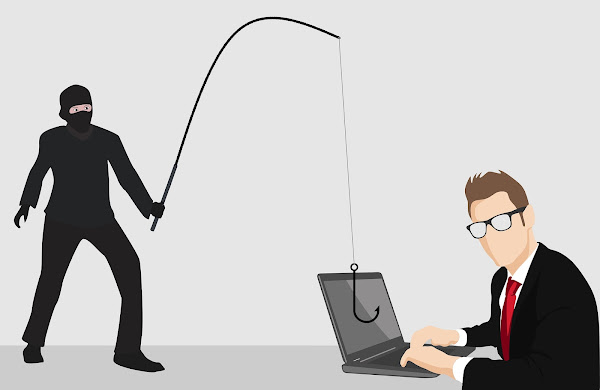The Cofense Phishing Defense Center (PDC) has discovered a new phishing effort that impersonates Power BI emails in order to steal Microsoft credentials. Power BI is a business intelligence-focused interactive data visualisation programme developed by Microsoft. It's a component of the Microsoft Power Platform.
Power BI is a set of software services, apps, and connectors that work together to transform disparate data sources into coherent, visually immersive, and interactive insights. Data can be read directly from a database, a webpage, or structured files like spreadsheets, CSV, XML, and JSON. Power BI offers cloud-based BI (business intelligence) services known as "Power BI Services," as well as a desktop interface known as "Power BI Desktop."
It provides data warehouse functionality such as data preparation, data discovery, and interactive dashboards. Microsoft added a new service called Power BI Embedded to its Azure cloud platform in March 2016. The ability to import custom visualisations is a key differentiator of the product.
The email appears to be a genuine Microsoft notification. There are a couple of reasons how this happens. Threat actors have grown accustomed to using authentic Microsoft notifications into their phishing designs. Researchers also saw them use stolen credentials to generate a legitimate-looking notification from a legitimate Microsoft instance. They noticed that the threat actor in this email employed a common theme to entice the recipient to click on the links.
After clicking the link in the email, the user is taken to a website that appears to be a legitimate Microsoft log-in page. The first sign that anything is wrong with the page, aside from the lack of conventional imagery, is that the URL does not look anything like what is specified in the email or linked with Microsoft services.
Following the recipient's input of their credentials, the attack concludes with an error message indicating that there was a problem with the account verification. This is yet another Microsoft spoof used by the threat actor to divert the recipient's attention away from the fact that they were not routed to the Power BI report they anticipated to view. This makes the recipient less likely to suspect that they have just given away their credentials.
"Cofense continues to observe credential phishing as a major threat to organizations. This is why it’s critical to condition users to identify and report suspicious messages to the security operations team. Attacks such as this one are effective at eluding common email security controls, and are – by design — overlooked by end users," the company said.








